Spain's brightest painter: on Paolo di San Leocadio's masterpiece, the Oration in the Garden
A new painting, of considerable size, catches the attention of those who enter Room 56B of the Prado Museum, Madrid. At a glance, the chromatic richness and luminosity ofOration in the Garden by Paolo di San Leocadio (Reggio Emilia, 1447 - Valencia, 1519), an Italian painter active in Spain in the late fifteenth and early sixteenth centuries, reveal the exceptional technical quality and excellent state of preservation of the Spanish museum’s new acquisition.
Since time immemorial, this room on the first floor of the Villanueva building has been devoted to 15th-century Italian painting: there are normally displayed two panels by Beato Angelico, theAnnunciation with its splendid predella, and the Virgin of the Pomegranate from the House of Alba; three of Botticelli’s four panels recounting Scenes from the story of Nastagio degli Onesti, narrated by Boccaccio; but also Mantegna’s small celebrated Transit of the Virgin, with its typically Mantuan landscape background; and, last but not least, Antonello da Messina’s intense Dead Christ Supported by an Angel.
In this small but fine selection of 15th-century Italian masters, therefore, the work by Paolo da San Leocadio, an oil on panel painting measuring 161 by 121.5 centimeters, stands out. The museum’s management chose to place it between Mantegna and another work by the same Emilian artist, The Virgin of the Knight of Montesa, which predates it by a decade but has been in the Prado’s collections since 1919, purchased through a popular subscription. The recent acquisition was, however, made possible thanks to the contribution of American Friends of Prado, a nonprofit association that financed 50 percent of the work’s cost, or 300,000 euros.
Joan Molina, chief conservator of Gothic painting at the Prado and a passionate expert on Spanish art of the 14th and 15th centuries, followed the new acquisition firsthand. “Paolo di San Leocadio is a young painter from Reggio Emilia who arrived in Valencia in 1472,” Molina explains, “along with other Italian artists in the retinue of Rodrigo de Borja (Borgia), a cardinal originally from Gandía and future Pope Alexander VI. In a 15th century, where northern, Hispano-Flemish-style painting still predominated in Spain, embodied by painters such as Bartolomé Bermejo, the novelties of the Italian style caused something of a shock. Paolo is appreciated because he dominates both ’al fresco’ painting and the oil technique; immediately, in fact, the cathedral council calls him to fresco, together with Francesco Pagano, the vault of the chapel above the high altar.”
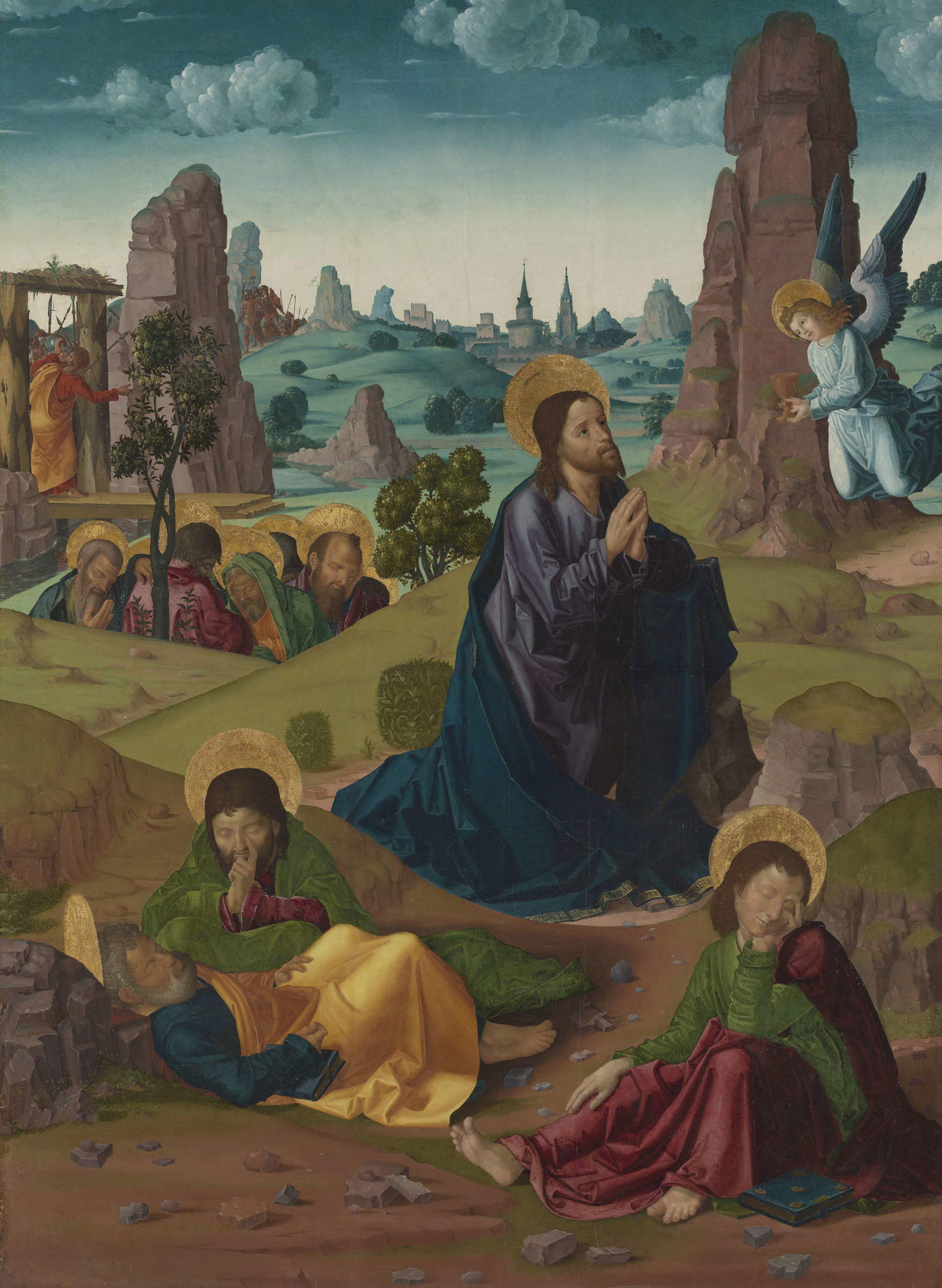
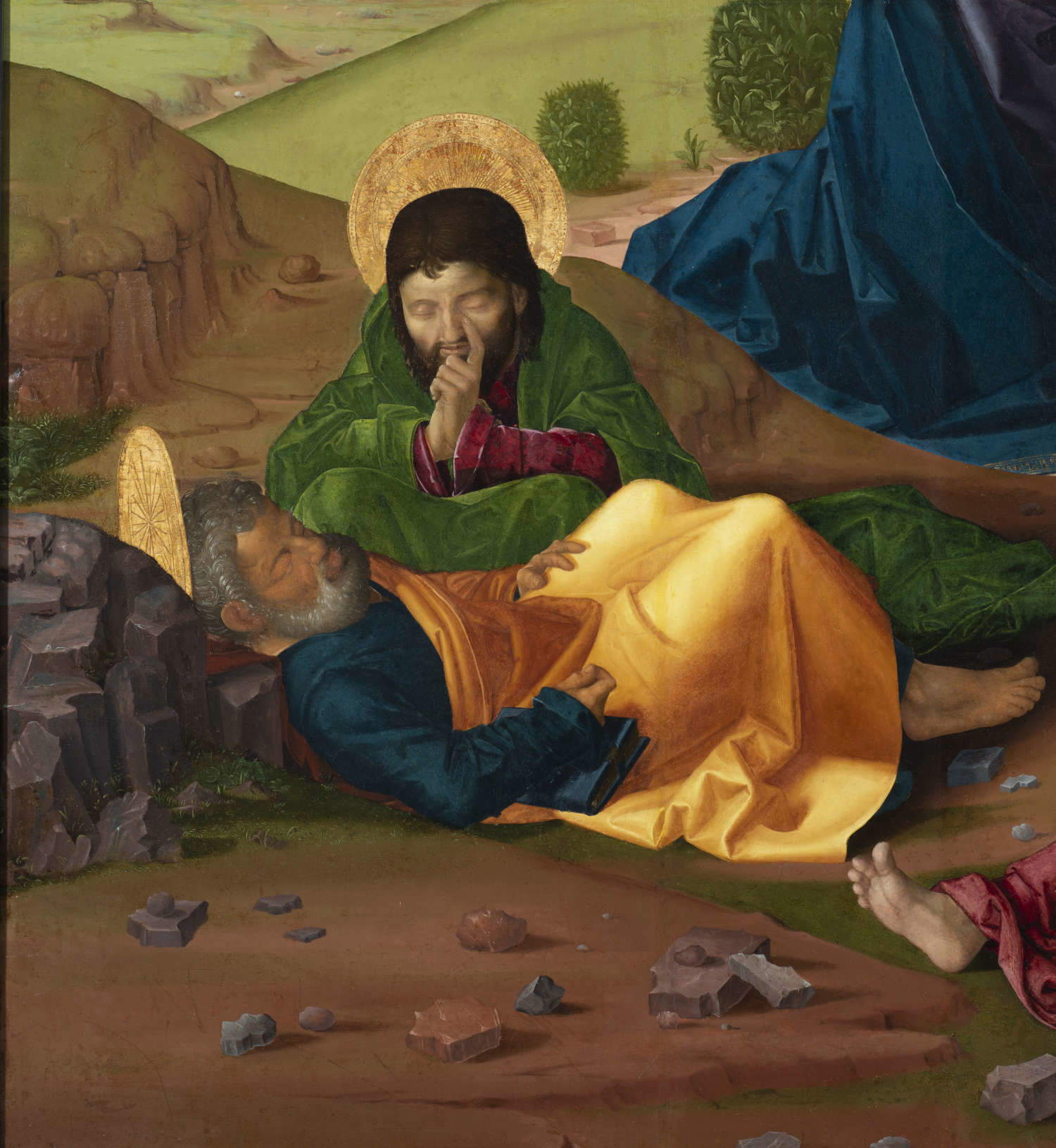
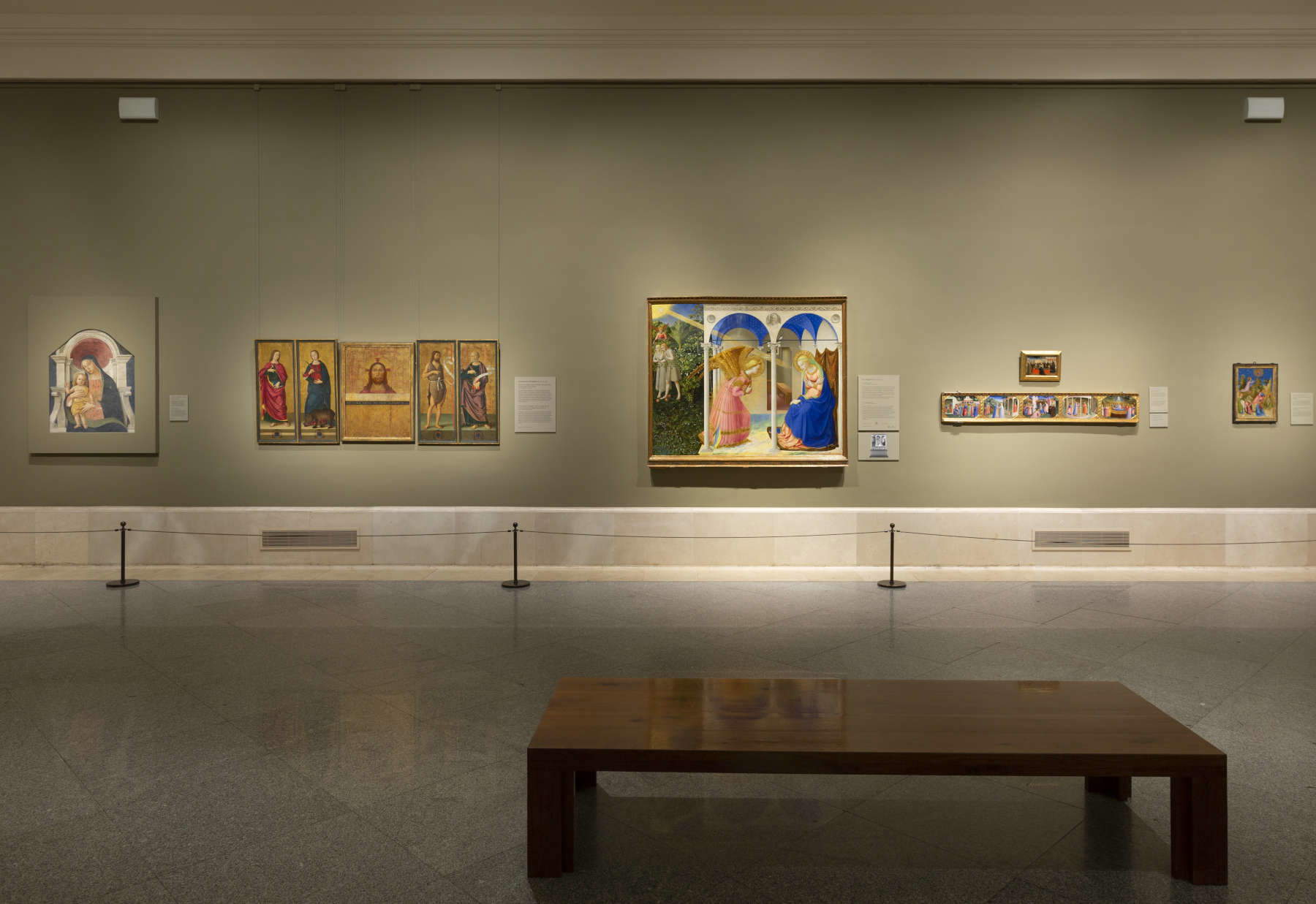
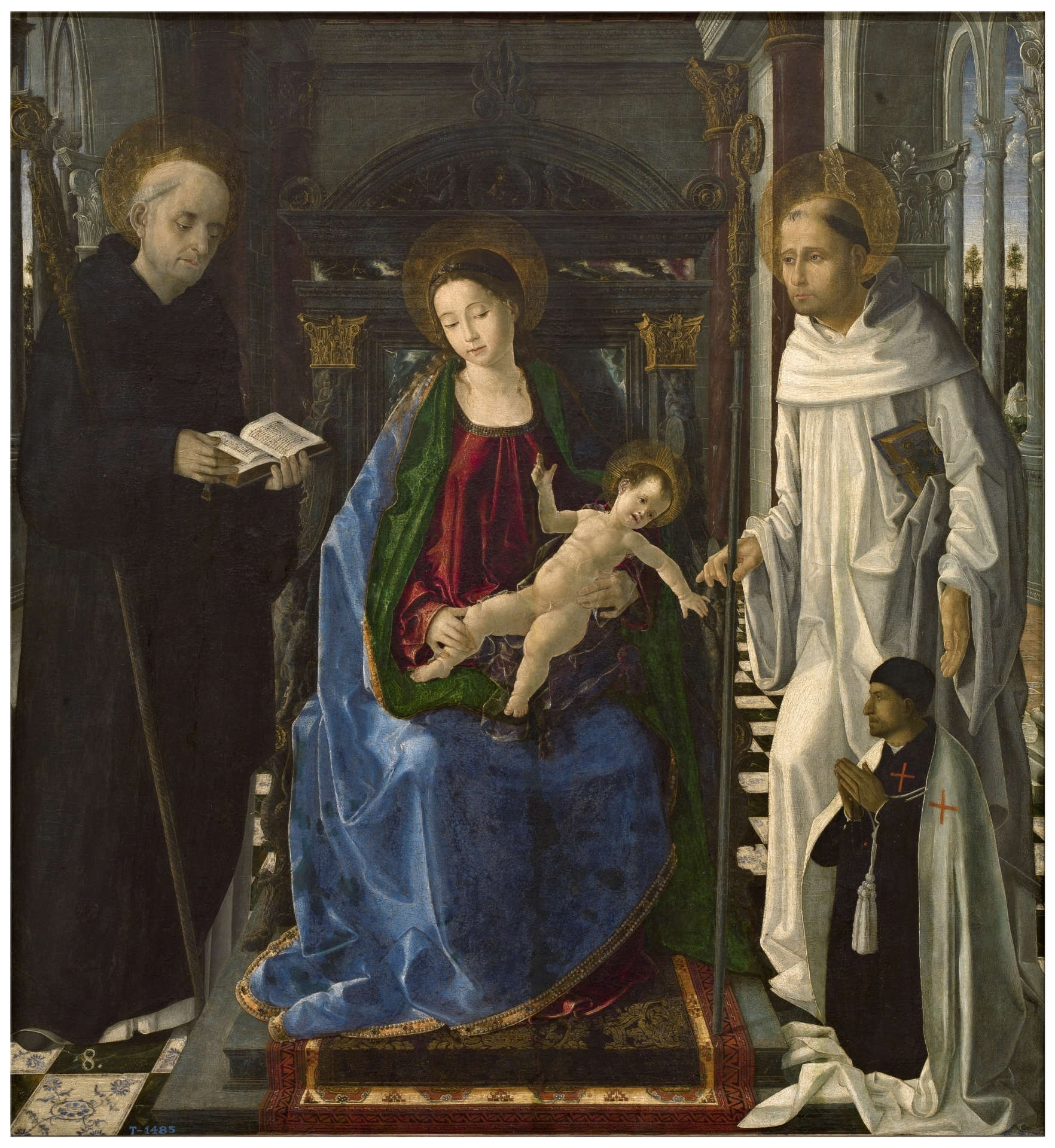
The history of the frescoes in the chancel of Valencia Cathedral would deserve, in itself, an extensive digression. In the 1570s Paolo di San Leocadio painted ten spectacular musician angels there, against the luminous background of a starry blue sky. In 1682, however, a second dome, with Baroque-style stucco and gilding, was superimposed on the original 13th-century one, concealing but at the same time also preserving the 15th-century fresco. The work, in fact, miraculously reappears during the restorations carried out in 2004, revealing all its extraordinary chromatic power.
With the fresco in the cathedral, Paul of San Leocadio thus gained fame among the wealthy Valencian society, a sophisticated elite attracted to cultural novelties, which commissioned works from him between Alicante and Gandía, Villareal and Castellón. Among the patrons was the duchess María Enríquez de Luna - widow of don Juan de Borja (also the son of Pope Alexander VI, like Caesar, known as “the valentine”) - who contracted him to decorate with rich retablos the chapel of the Ducal Palace of Gandia, the collegiate church, and the church of the Santa Clara convent, works that have unfortunately disappeared today. So, too, has disappeared the gigantic retablo of the Castellón con-cathedral, for which the Emilian painter received a commission in 1490, which is amply documented, and worked there apparently for many years.
“Paolo di San Leocadio landed in Spain with a good training in painting and an apprenticeship that took place between Veneto and Emilia-Romagna, particularly in the duchy of Ferrara,” Molina continues. “It seems then that, around the 1580s, he returned to Italy for a short stay, and that’s when he learned many of the iconographic elements and stylistic cues that he applies precisely in the painting we present at the Prado, probably made in the very early years of the 16th century. In this work, in fact, the Emilian artist goes beyond the Italianizing model and proposes a composite and innovative painting, with references to multiple masters of the time, such as Mantegna and Bellini, passing through the Ferrarese painters of the last generation, such as Francesco Francia and Ercole de Roberti. The unusual mixture of Venetian hues and Emilian compositional classicism makes the painting truly surprising.”
TheOration in the Garden exhibited in room 56B of the Prado is one of four or perhaps more versions of the same theme that the Emilian painter made in Spain. The episode, recounted in the Gospel of St. Luke (22:39-46), features Jesus, kneeling in prayer in the Garden of Gethsemane, surrounded by the sleeping apostles (Peter, John and James in the foreground) and an angel handing him the chalice of the Passion. “Compared to the other versions, one of which is in the Prado itself, in the Várez-Fisa Donation room,” Molina adds, “this one is surprising not only for its superior quality, but also for its larger size. It is assumed, in fact, that the panel was part of the predella of a large retable, perhaps precisely that of Santa María de Castellón, known at the time for its gigantic size. A curiosity: in the commission document, dated 1490, Paul of San Leocadio is called the ’brightest painter in Spain.’ No doubt this is hyperbole that nevertheless indicates the fame and prestige the Italian artist had achieved in his day.” Oil painting gives the panel truly intense chromatic effects, saturated hues, with a patina of brilliance that, in the case of San Pedro’s yellow cape, achieves effects of almost sculptural three-dimensionality.
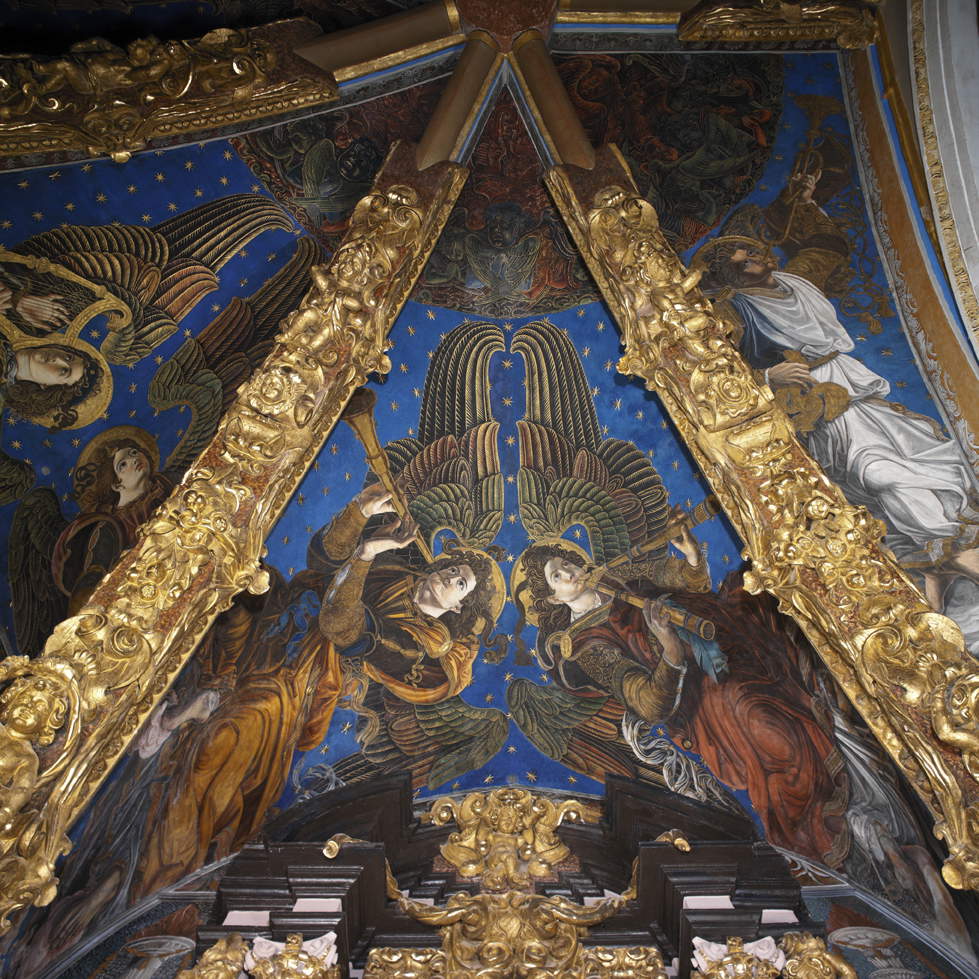
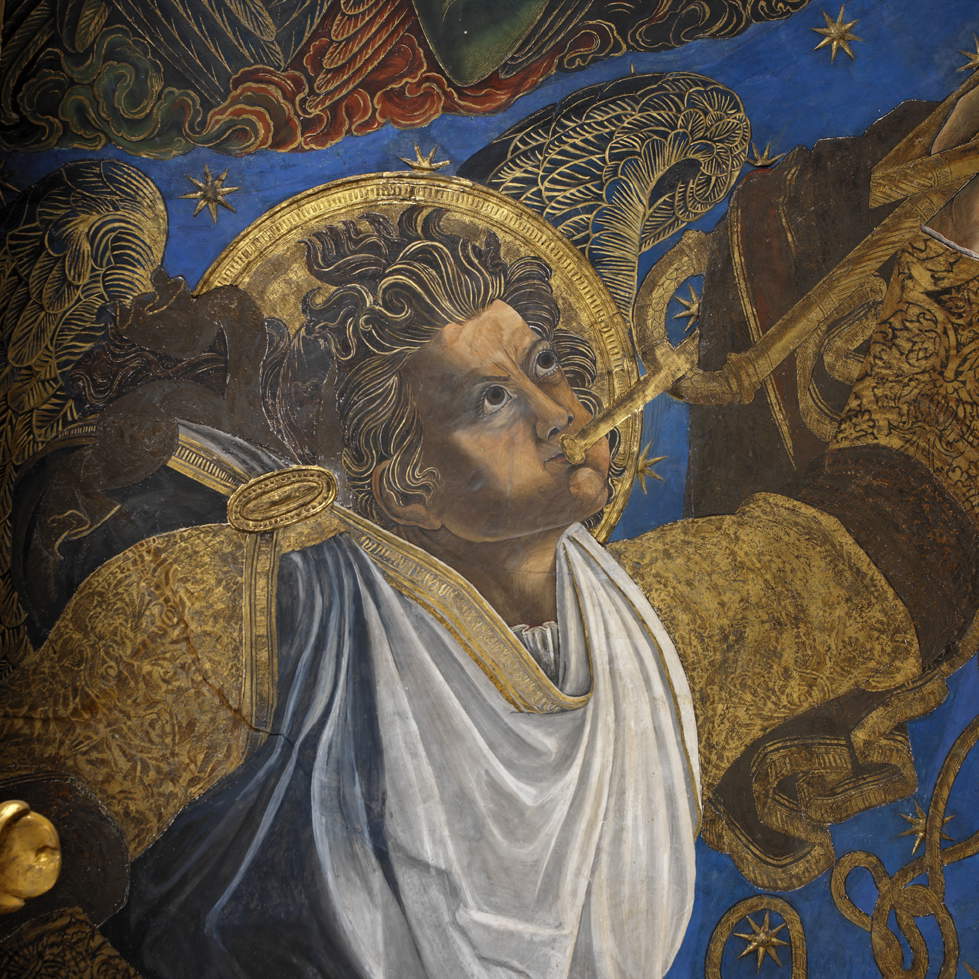
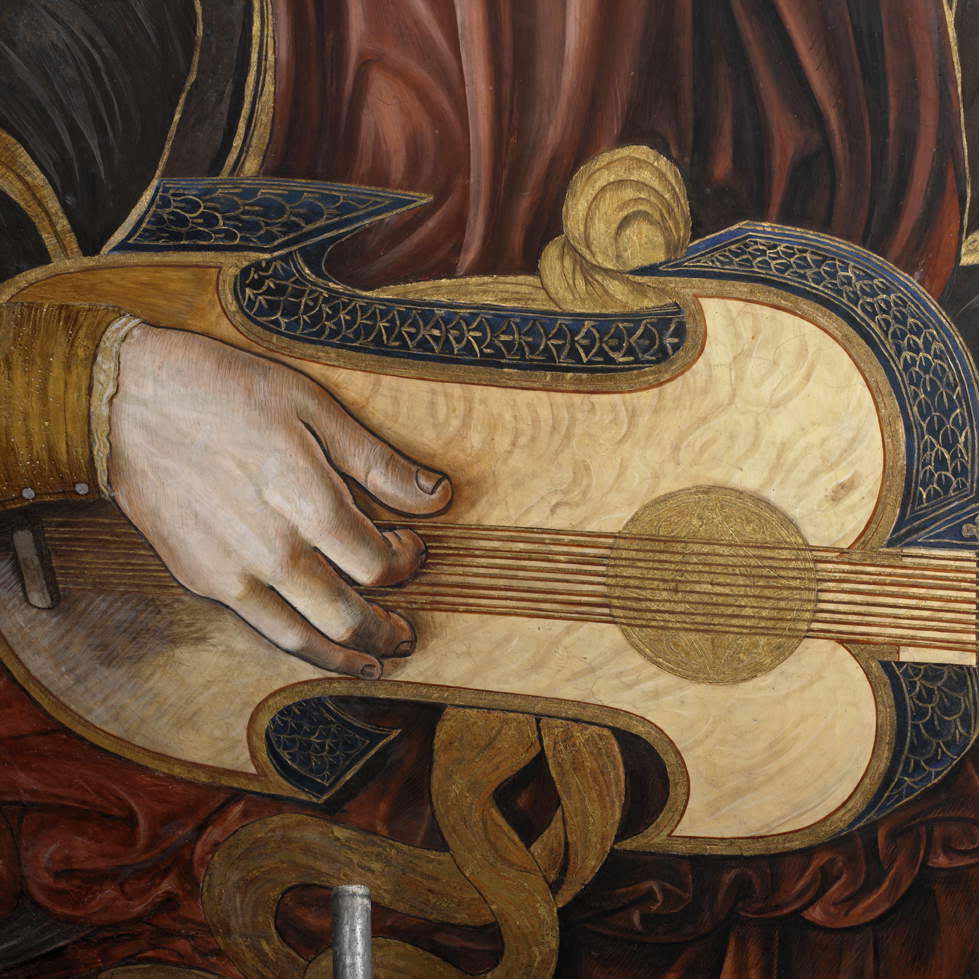
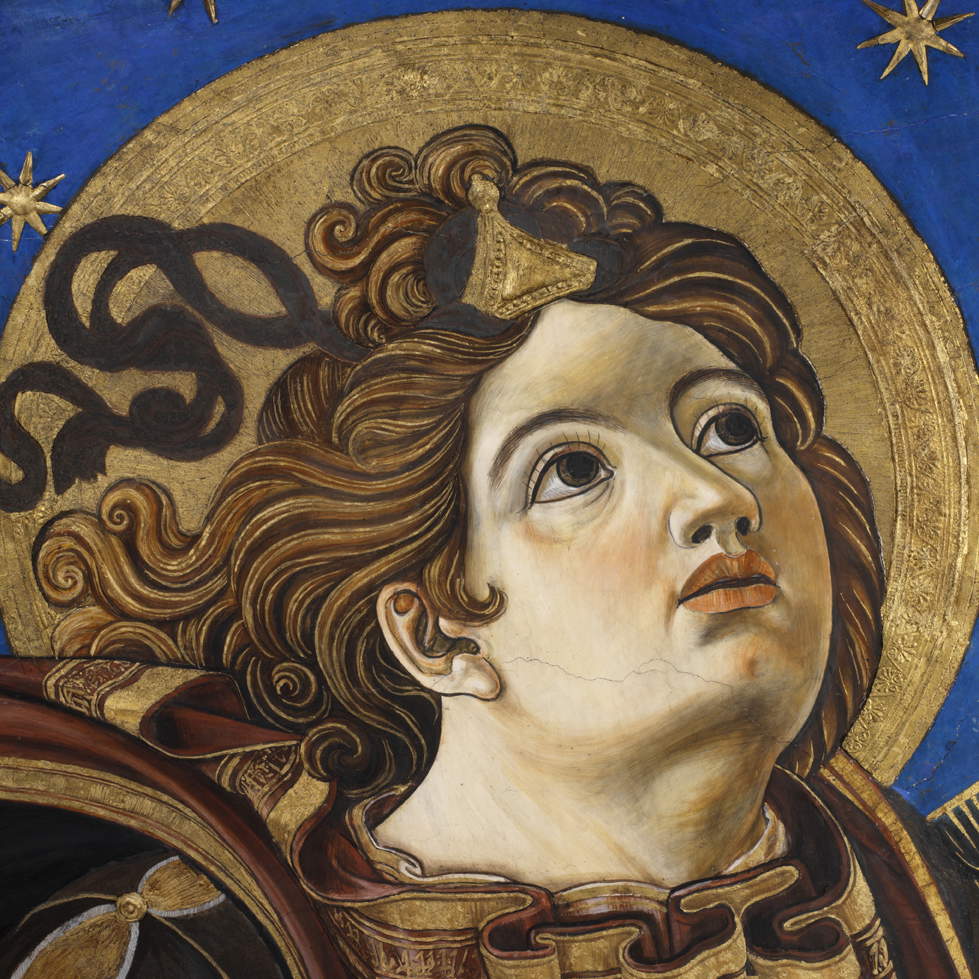
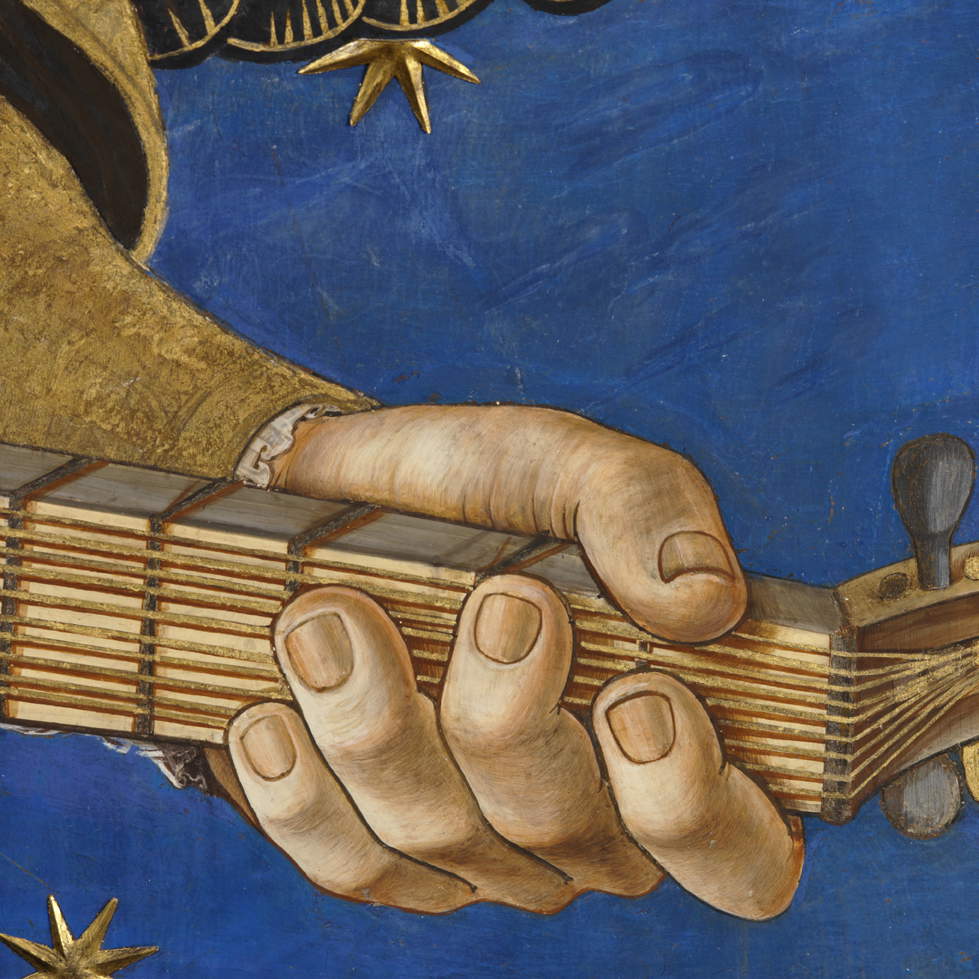
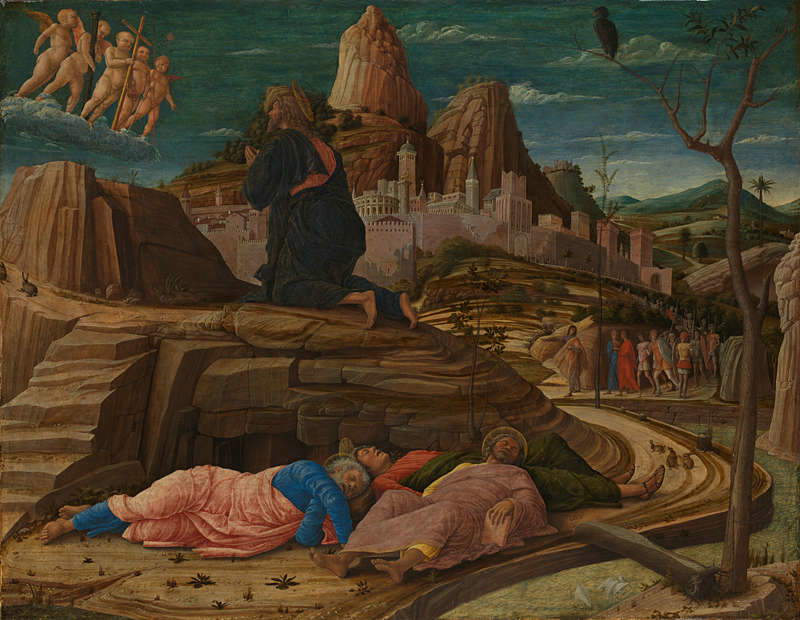
“Such vivid and powerful chromaticism of greens and blues, which dominate in this idealized landscape, not only reminds us of the painting of the Venetian masters, such as Bellini, but also brings us back to the often lost reality of ancient painting, that is, to the ability to astonish with colors alone,” Joan Molina explains with her usual passion. “Peter is lying with his head resting on a stone, a pose already used by Mantegna in one of his Orations in the Garden, painted around 1450. The desert landscape, with stones that look like archaeological remains, is also Mantegna-like. The angel, on the other hand, is identical to those in the dome of Valencia Cathedral.” A rather curious botanical detail, finally, is the presence of saplings that do not appear to be olive trees, but rather a variety of citrus, a cue also taken from Mantegna.
TheOration in the Garden by Paolo di San Leocadio, an Italian working in Spain, thus rightfully enters the collection of the Prado Museum to establish a fruitful dialogue, an ideal relationship with the works of the masters active in Italy at the same time. “Paolo di San Leocadio is a fundamental personality for understanding the artistic kaleidoscope and the vast cultural landscape present in Spain in the 15th century,” Joan Molina concludes. “Valencia throughout the Middle Ages was a rich, cosmopolitan, and dynamic city in which, in addition to the traffic of goods, there was continuous contact between Italian, Flemish, and Spanish masters who imported the visual culture of the Renaissance. In art, there have always been no borders. Today, in fact, more than ever it is necessary to go beyond the division of so-called national schools, an antiquated historiographical model that limits the vision of a complex reality, full of relationships, interchanges and mutual influences.”
Warning: the translation into English of the original Italian article was created using automatic tools. We undertake to review all articles, but we do not guarantee the total absence of inaccuracies in the translation due to the program. You can find the original by clicking on the ITA button. If you find any mistake,please contact us.





























